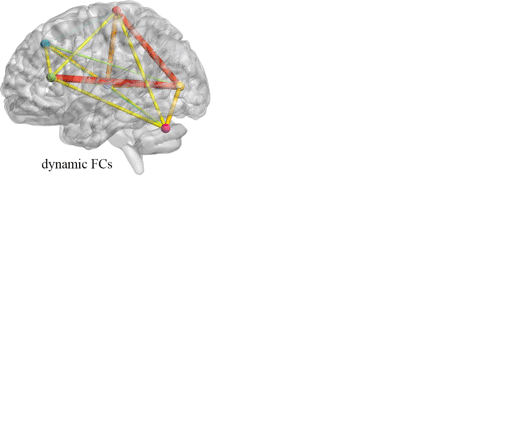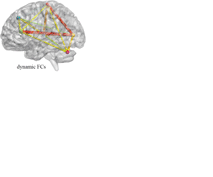
Brain functional connectivity network (FCN) based on resting-state functional magnetic resonance imaging (rs-fMRI) has been widely used to identify neuropsychiatric disorders such as autism spectrum disorder (ASD). Most existing FCN-based methods only estimate the correlation between brain regions of interest (ROIs), without exploring more informative higher-level interactions among multiple ROIs which could be beneficial to disease diagnosis. To fully explore the discriminative information provided by different brain networks, a cluster-based multi-view high-order FCN (Ho-FCN) framework is proposed in this paper. Specifically, we first group the functional connectivity (FC) time series into different clusters and compute the multi-order central moment series for the FC time series in each cluster. Then we utilize the correlation of central moment series between different clusters to reveal the high-order FC relationships among multiple ROIs. In addition, to address the phase mismatch issue in conventional FCNs, we also adopt the central moments of the correlation time series as the temporal-invariance features to capture the dynamic characteristics of low-order dynamic FCN (Lo-D-FCN). Experimental results on the ABIDE dataset validate that: 1) the proposed multi-view Ho-FCNs is able to explore rich discriminative information for ASD diagnosis; 2) the phase mismatch issue can be well circumvented by using central moments; and 3) the combination of different types of FCNs can significantly improve the diagnostic accuracy of ASD (86.2%).

